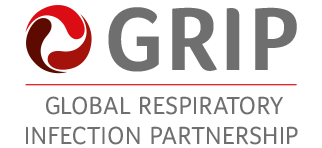What's next?
What’s next?
For 2014, GRIP has reiterated its commitment to disseminating focussed messages and increasing communication directly to the general public. This will be achieved through the development of further resources for HCPs, patients and parents for adaptation globally. By harnessing the power of digital media, further engaging existing local groups and initiating additional meetings across the world, GRIP hopes to increase its reach.
A framework for the 2014 Summit discussions was developed which links to the GRIP framework for change (proposed by Prof. Essack). This is based on the objective to further develop
new and existing materials for HCPs and create engaging events and seminars to assist HCPs in their learning, with the aim of changing both thinking and behaviour in URTI management.
In keeping with the 5P pentagonal framework, Prof. Essack suggested that the Summit follows a 5P format: Priority considers the need for urgent action and highlights combatting antibiotic resistance as a global priority; Policy summarises initiatives and/or guidelines available on a global or national scale; Pilots and prototypes presents case studies of local initiatives with the aim of sharing good practice; Primary care implementation strategy allows participants to workshop aspects such as the suitability of the GRIP framework and toolkit for different country contexts, and how best to implement the strategy, engender endorsement from other HCPs and importantly how progress can be measured. The final area calls for a Paradigm shift to communicate that containing antibiotic resistance via antibiotic stewardship is everyone’s responsibility and that a 360-degree, multi-disciplinary, multi-stakeholder public-private-partnership is required.
The capability, motivation and opportunity aspects are applicable to pilots and prototypes and primary care implementation strategy, policy and priority, and, paradigm shift components respectively.
